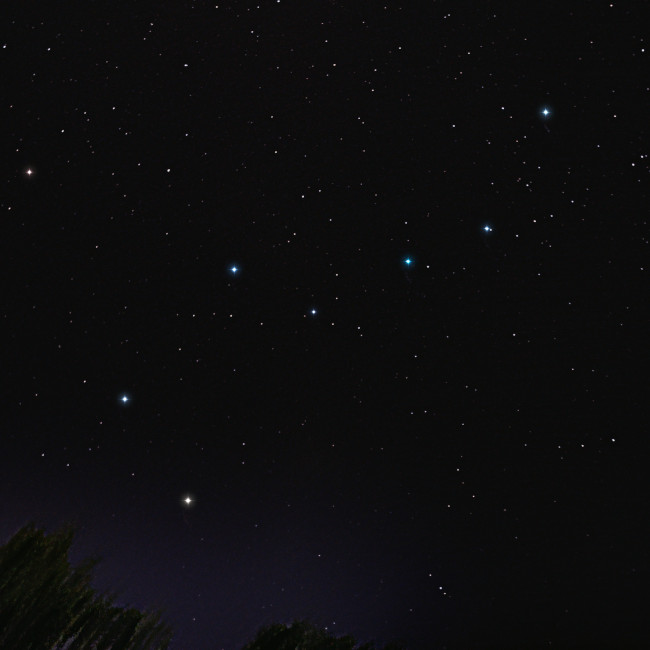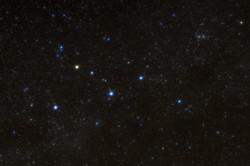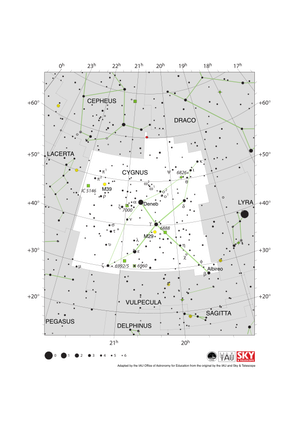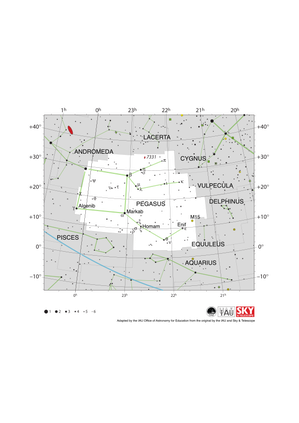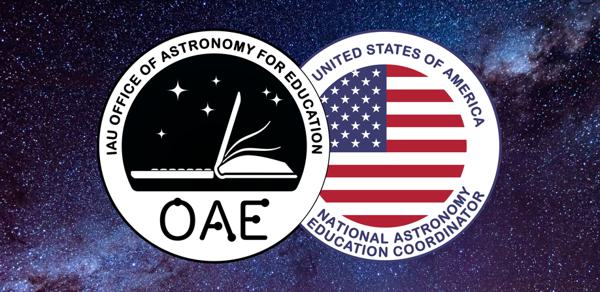Glossary term: 星宿(星群)
Description: 夜空中大多数明亮的恒星都被组合成一种叫做”星座“的图案。但除了由国际天文学联合会定义的正式星座外,还有一些恒星组合成的图案被称为星宿(星群)。最著名的星宿可能就是北斗七星了,它是大熊座的一部分。
Related Terms:
See this term in other languages
Term and definition status: The original definition of this term in English have been approved by a research astronomer and a teacher The translation of this term and its definition is still awaiting approval
The OAE Multilingual Glossary is a project of the IAU Office of Astronomy for Education (OAE) in collaboration with the IAU Office of Astronomy Outreach (OAO). The terms and definitions were chosen, written and reviewed by a collective effort from the OAE, the OAE Centers and Nodes, the OAE National Astronomy Education Coordinators (NAECs) and other volunteers. You can find a full list of credits here. All glossary terms and their definitions are released under a Creative Commons CC BY-4.0 license and should be credited to "IAU OAE".
If you notice a factual or translation error in this glossary term or definition then please get in touch.
Related Media
黄石公园的北斗七星,作者Alex Conu,挪威
Credit: Alex Conu/IAU OAE
License: CC-BY-4.0 Creative Commons 署名 4.0 国际 (CC BY 4.0) icons
北斗七星
Credit: Arya Anthony/IAU OAE
License: CC-BY-4.0 Creative Commons 署名 4.0 国际 (CC BY 4.0) icons
在初冬傍晚向低垂的夏季大三角告别
Credit: Kouij Ohnishi/IAU OAO
License: CC-BY-4.0 Creative Commons 署名 4.0 国际 (CC BY 4.0) icons
蝙蝠星语
Credit: Thanakrit Santikunaporn/IAU OAE
License: CC-BY-4.0 Creative Commons 署名 4.0 国际 (CC BY 4.0) icons
守护星辰与大海
Credit: Likai Lin/IAU OAU
License: CC-BY-4.0 Creative Commons 署名 4.0 国际 (CC BY 4.0) icons
Related Diagrams
人马座星图
Credit: 国际天文学联合会天文教育办公室(IAU OAE)根据国际天文学联合会和《天空与望远镜》的原文改编
License: CC-BY-4.0 Creative Commons 署名 4.0 国际 (CC BY 4.0) icons
大熊座星图
Credit: 国际天文学联合会天文教育办公室(IAU OAE)根据国际天文学联合会和《天空与望远镜》的原文改编
License: CC-BY-4.0 Creative Commons 署名 4.0 国际 (CC BY 4.0) icons
Aquila Constellation Map
Credit: Adapted by the IAU Office of Astronomy for Education from the original by IAU/Sky & Telescope
License: CC-BY-4.0 Creative Commons 署名 4.0 国际 (CC BY 4.0) icons
Cygnus Constellation Map
Credit: Adapted by the IAU Office of Astronomy for Education from the original by the IAU and Sky & Telescope
License: CC-BY-4.0 Creative Commons 署名 4.0 国际 (CC BY 4.0) icons
Pegasus Constellation Map
Credit: Adapted by the IAU Office of Astronomy for Education from the original by the IAU and Sky & Telescope
License: CC-BY-4.0 Creative Commons 署名 4.0 国际 (CC BY 4.0) icons

